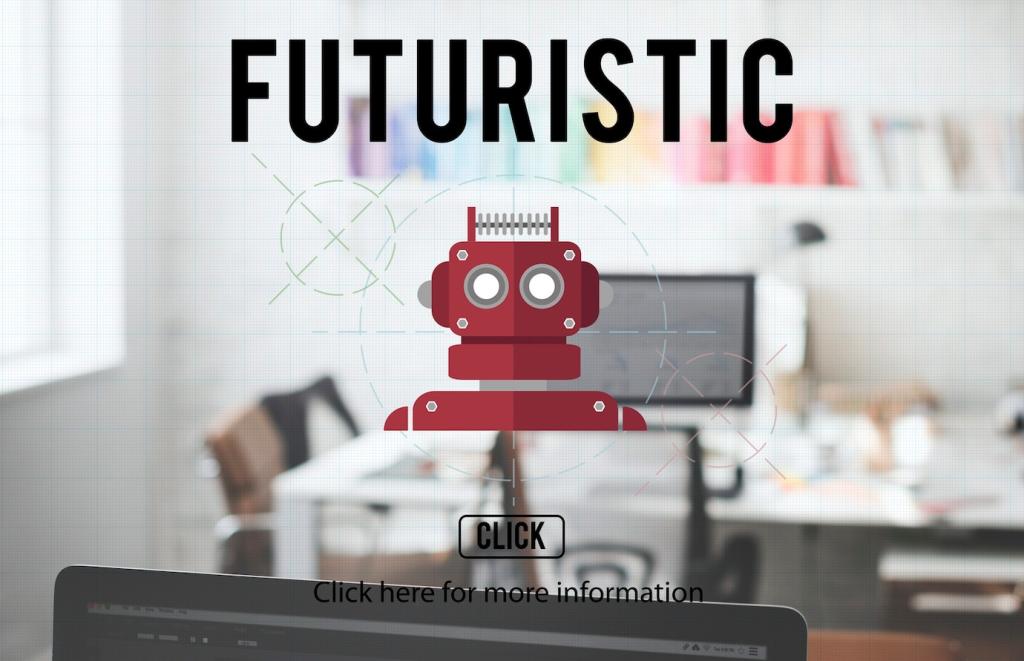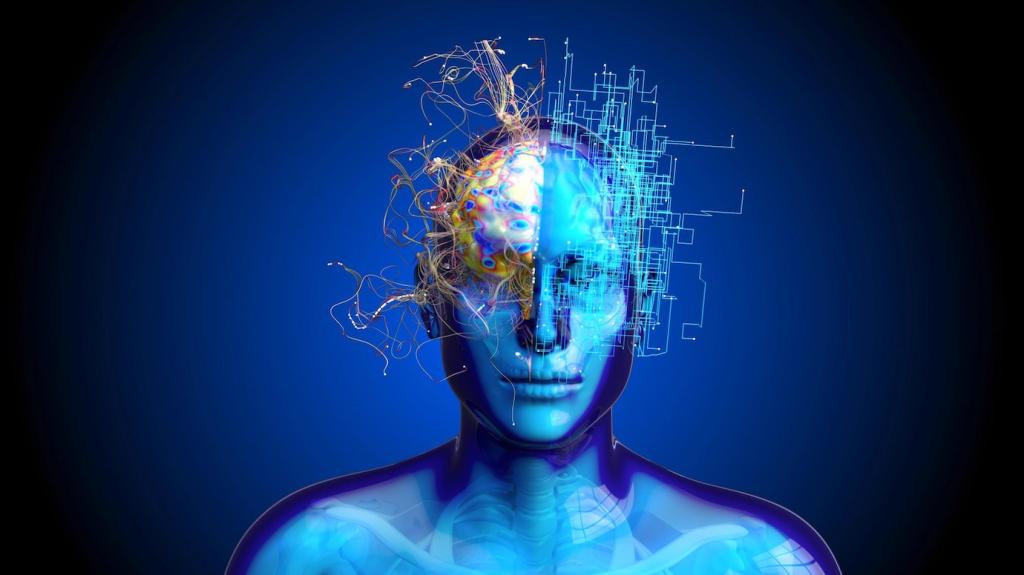This website uses cookies so that we can provide you with the best user experience possible. Cookie information is stored in your browser and performs functions such as recognising you when you return to our website and helping our team to understand which sections of the website you find most interesting and useful.
The rapid ascent of artificial intelligence has dramatically redefined the landscape of graphic design, fusing traditional creativity with innovative technological advancements. As AI becomes deeply interwoven into design workflows, it is ushering in a new era of intelligent tools, automated processes, and unprecedented creative possibilities. This transformation is not just changing how designers work but also altering the very nature of what it means to design. From automating repetitive tasks to inspiring new aesthetic directions, AI is both a collaborator and a catalyst that propels graphic design into uncharted territories. This overview traces the remarkable journey of graphic design as it adapts and thrives in the age of artificial intelligence.
The Roots of Graphic Design: From Manual to Digital
Defining AI in Design: What Changed?

New Tools, New Possibilities
Next-Generation Design Software
Generative Art and Algorithmic Creativity
AI-Driven Customization




